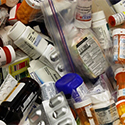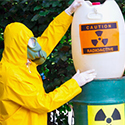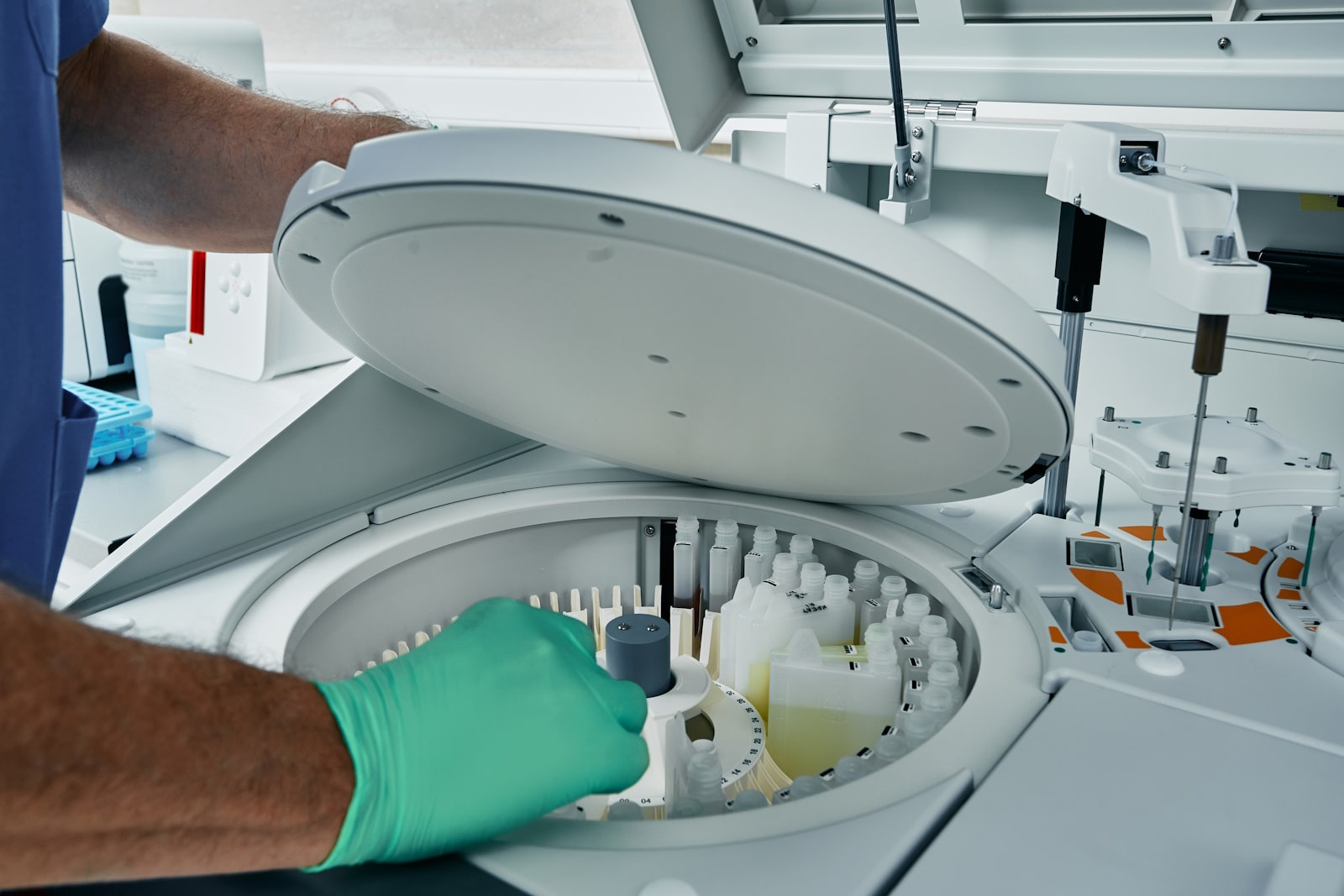Medical Disposal Waste and Autoclaving
In the world of healthcare, managing medical disposal waste is crucial not only for preventing the spread of diseases but also for maintaining a clean and safe environment for patients, healthcare workers, and the general public. Autoclaving has become one of the most widely used methods of managing medical waste, specifically by sterilising waste through high-pressure steam. This blog explores the process of autoclaving, its benefits, and why it’s the preferred choice for many facilities when it comes to the safe disposal of medical waste.
What Is Autoclaving in Medical Waste Management?
Autoclaving is a steam sterilisation process used in medical waste management to neutralise hazardous pathogens present in medical disposal waste. By using high-pressure, saturated steam at temperatures of 121°C to 134°C, autoclaves can destroy bacteria, viruses, and other harmful microorganisms that might be present in waste materials. This process is especially effective for treating waste generated in hospitals, laboratories, clinics, and other healthcare settings where contamination risk is high.
The concept behind autoclaving is simple: steam, under pressure, reaches a higher temperature, which in turn accelerates the process of sterilisation.
Types of Medical Waste Suitable for Autoclaving
Not all types of medical waste can be treated using autoclaving, but several categories are perfectly suited for this method. These include:
- Microbiological Waste: This includes cultures and stocks of infectious agents. Laboratories often generate waste in the form of Petri dishes, culture flasks, and other microbiological equipment that may be contaminated with harmful pathogens. Autoclaving these materials ensures they are rendered safe for disposal.
- Sharps: Needles, scalpels, and other sharp instruments can pose a significant hazard to healthcare workers. When properly contained in puncture-resistant containers, these sharps can be safely sterilised using autoclaving, making it an essential part of medical waste management.
- Contaminated Laboratory Waste: Items such as gloves, gowns, and disposable instruments that have come into contact with potentially infectious material can be treated using the autoclaving process, ensuring that no harmful pathogens remain.
- Other Infectious Waste: Materials that have been used in patient care, such as dressings, contaminated bandages, and certain equipment that may have come into contact with bodily fluids, can also be effectively sterilised through autoclaving.
Environmental Benefits of Autoclaving Over Incineration
One of the main advantages of autoclaving over other medical waste disposal methods, such as incineration, is its environmental benefits. Incineration, while effective at burning and destroying medical waste, often leads to harmful emissions such as dioxins and particulate matter, which can contribute to air pollution and climate change. In contrast, autoclaving does not produce these pollutants.
Autoclaving is also significantly more energy-efficient compared to incineration. By using steam rather than combustion, autoclaves reduce the overall carbon footprint of medical waste disposal, which is especially important in an era where environmental sustainability is a priority. Moreover, autoclaving reduces waste volume by up to 80%, allowing for less material to be sent to landfills or incinerators, further contributing to environmental conservation.
Energy Efficiency and Water Use in Autoclave Systems
Autoclave systems have become increasingly efficient in their energy and water consumption. Modern autoclaves are designed to use significantly less energy and water compared to older models, helping healthcare facilities reduce their operational costs while promoting sustainability.
Newer systems are designed to maximise efficiency by incorporating features such as heat recovery systems, which recycle the steam used in the sterilisation process. These improvements not only reduce the environmental impact but also help healthcare providers lower their operating costs over time. As a result, autoclaving remains a cost-effective and environmentally friendly method for managing medical disposal waste.
Autoclave Sterility Assurance and Testing Protocols
To ensure that autoclaving is truly effective in sterilising medical disposal waste, it is essential to implement stringent sterility assurance and testing protocols. Autoclaves rely on a variety of monitoring methods to ensure the sterilisation process is successful.
Biological indicators (BIs) are used to test the autoclave’s ability to kill specific microorganisms that are resistant to sterilisation. These indicators provide critical information about the effectiveness of the autoclave cycle. Chemical indicators (CIs), on the other hand, are used to verify that the correct conditions—such as temperature, pressure, and time—have been met during the autoclaving process. Regular testing and monitoring help guarantee that the autoclave is functioning correctly, and that medical disposal waste is being safely sterilised.
Policy and Compliance: Autoclaving in Waste Regulations
In South Africa, the management of medical waste is governed by strict regulations to ensure public health and safety. The National Health Act and the Waste Management Bill set out the guidelines for the handling, storage, and disposal of medical waste, including the use of autoclaving as a preferred treatment method. These regulations are in line with international standards, ensuring that medical disposal waste is managed in a safe, sustainable, and environmentally responsible manner.
Adhering to these policies not only helps to mitigate the risks associated with improper medical waste disposal but also ensures that healthcare facilities comply with the laws set forth by local and national authorities.
Why Choose A-Thermal for Autoclaving Medical Disposal Waste?
At A-Thermal, we understand the importance of safe and sustainable medical waste disposal. Our advanced autoclave systems are designed to provide efficient, environmentally friendly, and cost-effective solutions for managing medical disposal waste. With a strong focus on compliance and environmental responsibility, we ensure that our autoclave systems meet the highest standards of safety, sterility, and sustainability.
Conclusion
Autoclaving is an essential process in the safe and effective management of medical disposal waste. From sterilising infectious waste to providing an environmentally friendly alternative to incineration, autoclaving offers numerous benefits for healthcare facilities. With the advancement of technology and a focus on sustainability, autoclaving remains one of the best methods for managing medical waste, ensuring safety for both individuals and the environment. Get in touch with us at A-Thermal for all your waste disposal needs.







